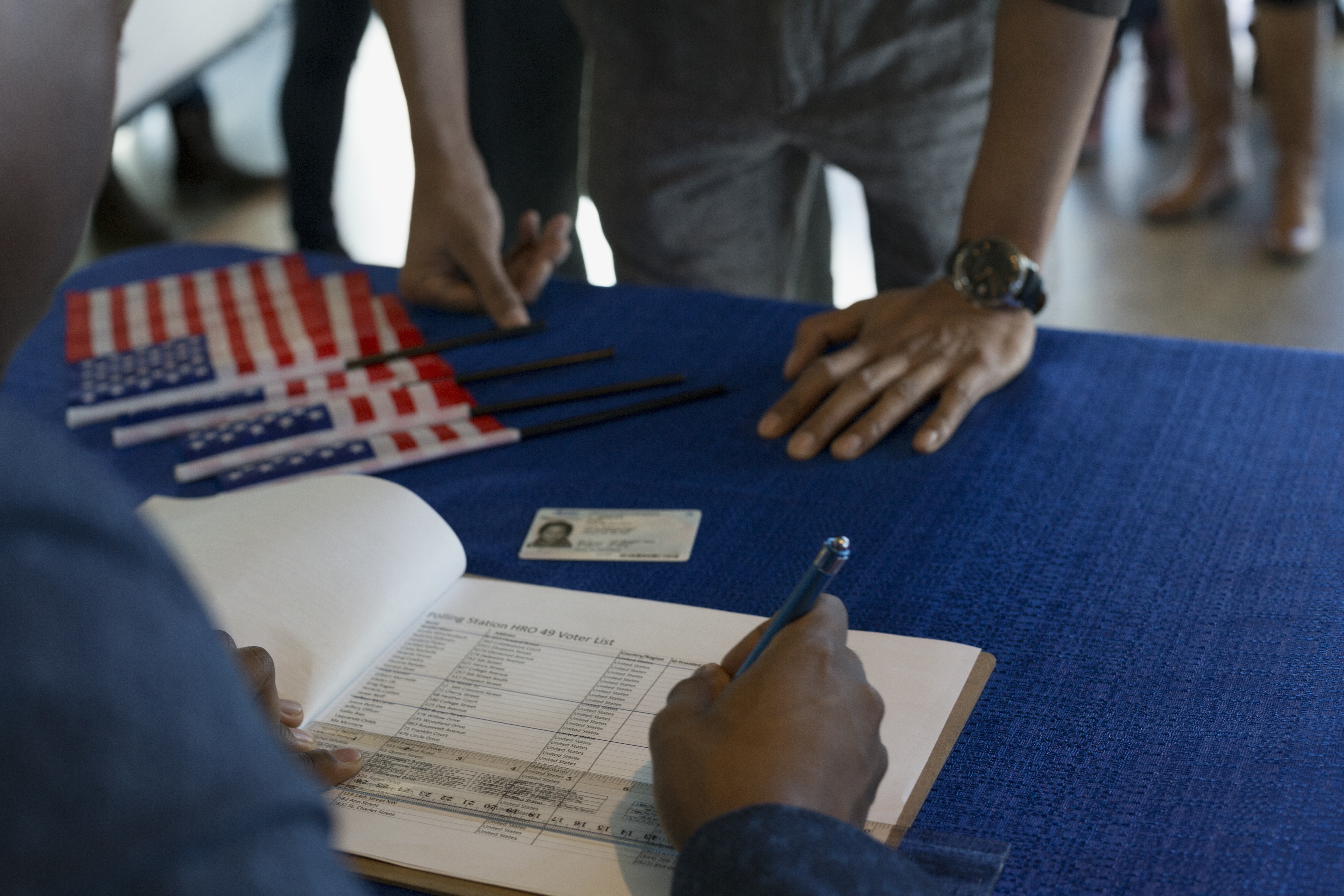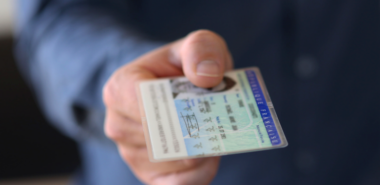Drivers’ licenses are part of everyday life for many people around the world. In fact, some estimates suggest that well over a billion people are drivers now; that’s a lot of licenses! But how did licenses begin? And what does the future hold?
Today, traditional driver’s licenses aren’t just used for motoring purposes; they are used regularly as a go-to ID when entering clubs, venues, conferences, car rentals etc. They are, over 100 years after their inception, still a crucial part of everyday life.

But with this reliance on drivers’ licenses comes risk – a risk of fraud. Indeed, we’ve seen large amounts of ID/driver’s license fraud over the years. Initially, when we think of this fraud, we often imagine ‘fake IDs’ from teen pop culture, allowing under 21s in the US access to alcohol. However, the real impact of fraud can be much more sinister. For example, it can seriously affect people’s lives, and it can also cost the state millions of dollars. It’s truly no laughing matter, hence why license innovation and modernization has been necessary. Enter digital driver’s licenses…
Digital driver’s licenses are uniquely poised to improve our roads and increase efficiency for authorities and individuals, but what are they? Simply put, a digital driver’s license is an ‘on-screen’ version of the traditional license. However, it’s not just an ‘image’ on a mobile device – it’s far more sophisticated than that and offers an array of security features unavailable with traditional credentials.
When a license holder downloads the digital license on their device, the issuer pairs the applicant’s profile and phone through a backend system. The user can then import their driver information through a secure mobile app. In turn, the data is encrypted and retrieved securely. And of course, this digital format comes with additional security features to combat counterfeiting and support real-time authentication for protection against identity fraud.
It’s also very convenient for users as they can:
- Update driver data much more easily than with a hard copy. Drivers can amend their information or renew the license itself directly through the application instead of during an on-site visit
- Receive updates about upcoming changes to their driver status, including expirations or revocations
- Ultimately avoid carrying a physical license with them if they choose
And when it comes to law enforcement:
- It makes the verification process much quicker and more secure for law enforcement, who are not responsible for handling user devices
- Fraud is much more difficult for would-be criminals
- Eventually digital credentials will incorporate e-ticketing solutions and auto insurance data
Some great examples of these benefits and learnings can be seen in the DDL pilot program we ran in Maryland and Washington DC last year. It’s clear that digital IDs need not have a UI that resembles that of the standard, physical credential. In fact, in our experience, there are many reasons why adjusting the digital UI away from the ‘look’ of a traditional DL actually enhances security for users and verifiers in the field. Our own DDL (Digital Driver’s License) solution relies on nimbleness as well; we’re innovating and adapting our solution to meet evolving market needs and expectations, such as being the first to launch DDLs on wearable devices, which are increasing in popularity all the time.

So, the future is bright for digital driver’s licenses! But this doesn’t mean the end for physical licenses, which will play an important role for a long time to come and will need to be as secure as possible. For example, we are very honored to have been selected by Georgia’s Department of Driver Services (DDS) to provide new polycarbonate licenses for enhanced identity protection for their residents. These state-of-the-art physical licenses are purpose built to reduce document forgery as much as possible and offer improved durability thanks to Multiple Laser Images (MLIs). In addition, we’ve added a level one security feature where different images such as a portrait, logo, symbol or numbers can be seen depending on the viewing angle, making the license even more difficult to copy. As we move forward with DDLs, we’ve made it our aim to ensure the enhanced security of physical licenses, as they will still be the most popular form for many years to come.
With this in mind, we must not forget that both worlds: ‘digital’ and ‘physical’ are deeply connected. In fact, there is now a bona fide term in recognition of this phenomenon: “Phygital”. Addressing this topic recently, our CEO, Philippe Vallée, spoke at the DigiWorld Summit covering the importance of evolving security and privacy needs for organizations going through digital transformation, and the role that phygital security plays in this process.
For more information on the future of DDLs, make sure you check out our new security and privacy by design infographic which offers an informative overview of the top three security and privacy considerations when it comes to setting the standard for digital ID protocol and usage in the field. And for user insights and in-field verification demos from our DDL pilot program in Wyoming, see our video online here.
What do you think the future holds for DDL and physical licenses? Let us know by tweeting to us @Gemalto or leave a comment in the section below.


